
Washington, D.C. is not a war zone, but you wouldn’t know it from the president’s orders.
On Monday, President Trump staged a dramatic show of federal force: 800 National Guard troops patrolling D.C. streets, the Metropolitan Police Department seized under the District of Columbia Home Rule Act of 1973 and 130 FBI agents ordered to “take our capital back.” All because of a so-called “crime emergency.”
The real crisis is that Trump is ignoring research-backed crime deterrent strategies and actively gutting programs that actually work to promote public safety.
Trump’s manufactured emergency is not a public safety strategy — it is political theater. It is a distraction from more pressing national headlines, from the Epstein investigation to ongoing tariff disputes.
Although the Home Rule Act grants the president emergency authority, using it to occupy the city in defiance of data-backed realities tramples D.C.’s autonomy, needlessly scares tourists off and sets a perilous precedent for federal overreach.
The truth? No emergency exists. Violent crime in D.C. has dropped 26 percent compared to last year, including declines in homicides, carjackings and other serious offenses.
Crime analyst Jeff Asher notes that:
Murders have steadily declined since late 2023, tracking pre-pandemic trends.
Carjackings, after 2023, have fallen back to early-pandemic levels and continue to drop
Violent crime overall remains far below its peak in the early 1990s and below levels from a decade ago.
This trend isn’t unique to D.C. Violent crime nationally is near 50-year lows.
So why the military spectacle? Because fear is politically useful.
Trump’s rhetoric casts D.C. as a city overrun with “bloodthirsty criminals,” “drugged-out maniacs” and homeless people who must be removed. This rhetoric seemingly justifies carceral responses, even though research shows they neither solve crime nor address underlying causes, and often make conditions worse.
Trump’s emphasis on locking up young people may grab headlines, but it does not produce long-term safety. By invoking exaggerated threats and casting youth, especially Black and Hispanic youth as inherently violent, Trump is resurrecting the long-discredited “superpredator” myth.
Coined by criminologist John Dilulio in the 1990s, this false narrative fueled punitive juvenile sentencing laws and disproportionately criminalized youth in communities of color. While we should be rejecting this toxic legacy, Trump is instead ignoring what works, rooted in evidence, to keep communities safe.
Decades of research show that mass incarceration of youth yields no evidence of sustainable crime reduction. What works instead? Mentorship, employment, safe spaces, educational pathways — investments that anchor youth rather than isolate and incarcerate them.
Arrest sweeps also won’t erase the need for housing, and neither FBI agents nor National Guard troops are equipped to tackle the structural drivers of crime.
Crime is fundamentally a problem of social conditions, including housing, jobs, education, healthcare and mental health needs, all well documented. Evidence is clear: permanent supportive housing, robust mental health services, and targeted economic support reduce chronic homelessness.
Starve a community, and you invite instability.
This “emergency” was built strategically. Earlier this year, Republicans in Congress gutted D.C.’s budget, freezing funding for everything from violence interruption programs to youth employment initiatives.
It’s a calculated, exploitative playbook: Cut resources that keep people safe, let the fractures deepen, then point to the damage as proof the city is “out of control.”
Now, Trump leverages this fabricated crisis to justify militarizing the nation’s capital, while distracting from dominating headlines that further undermine his credibility.
Imagine redirecting even a fraction of the D.C. military deployment budget (estimated to be in the millions) into community investments. Research is unequivocal — these investments lower crime more sustainably than militarized, force-first approaches. These are real solutions grounded in prevention, not political propaganda.
The spectacle of soldiers may project power, but effective public safety comes from prevention, not performance. The District doesn’t need occupation; it needs investment.
We must reject fearmongering and demand an evidence-based response to crime that builds a safer D.C. for all.
Cassandra Ramdath is a criminal justice researcher at Georgetown Law’s Center for Innovations in Community Safety .
Copyright 2025 Nexstar Media, Inc. All rights reserved. This material may not be published, broadcast, rewritten, or redistributed.
For the latest news, weather, sports, and streaming video, head to The Hill.
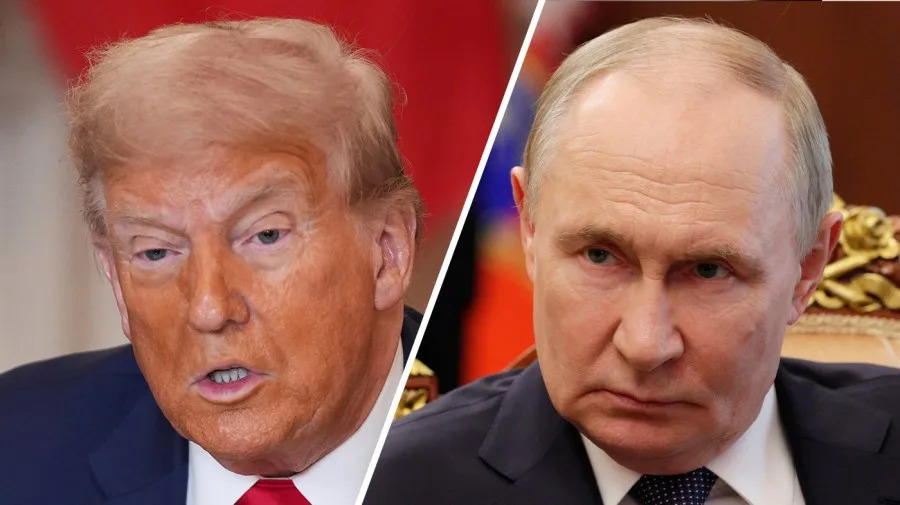



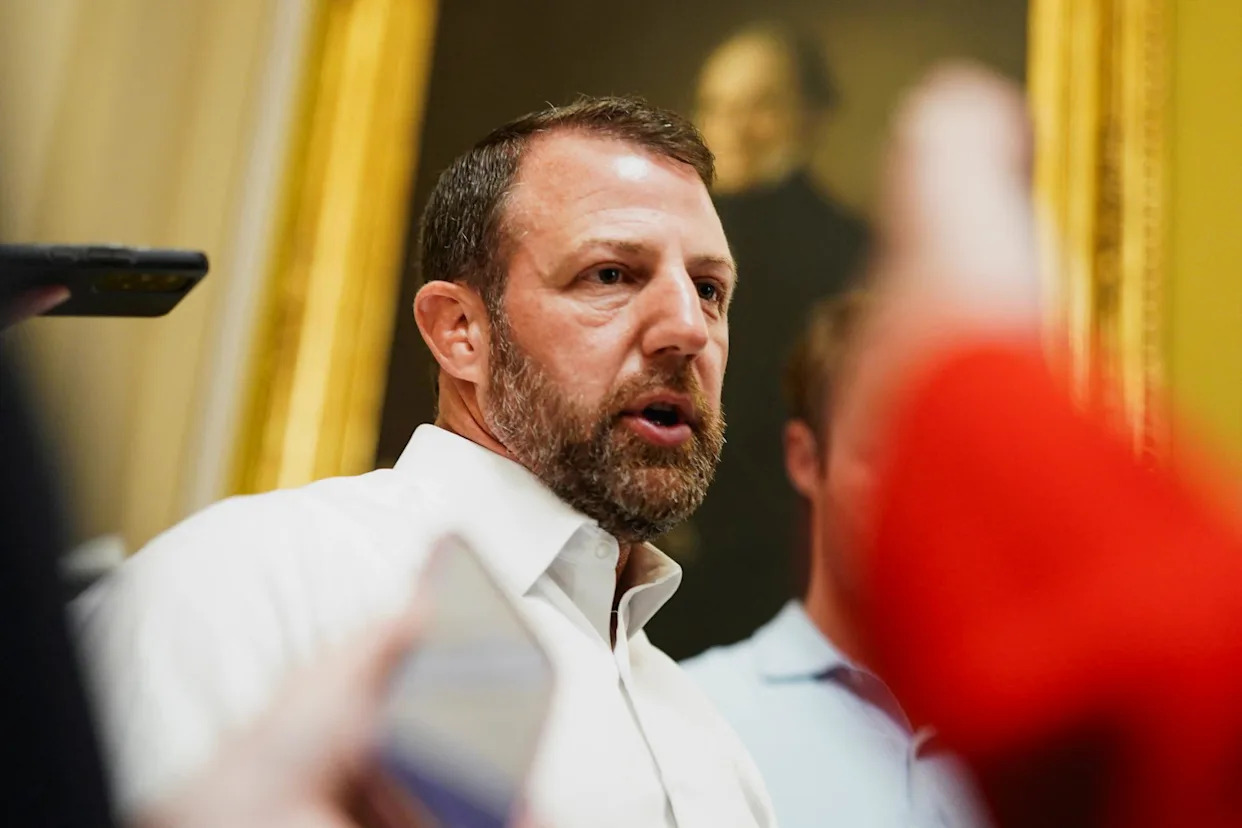
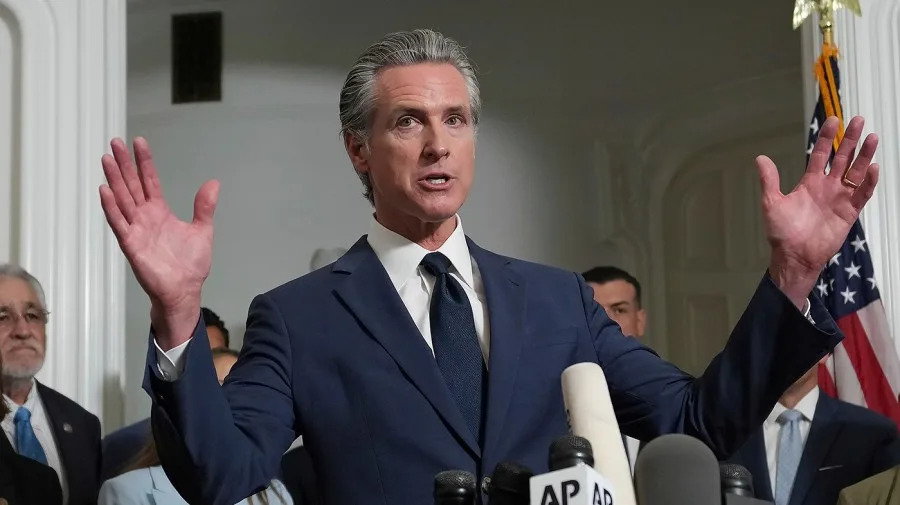
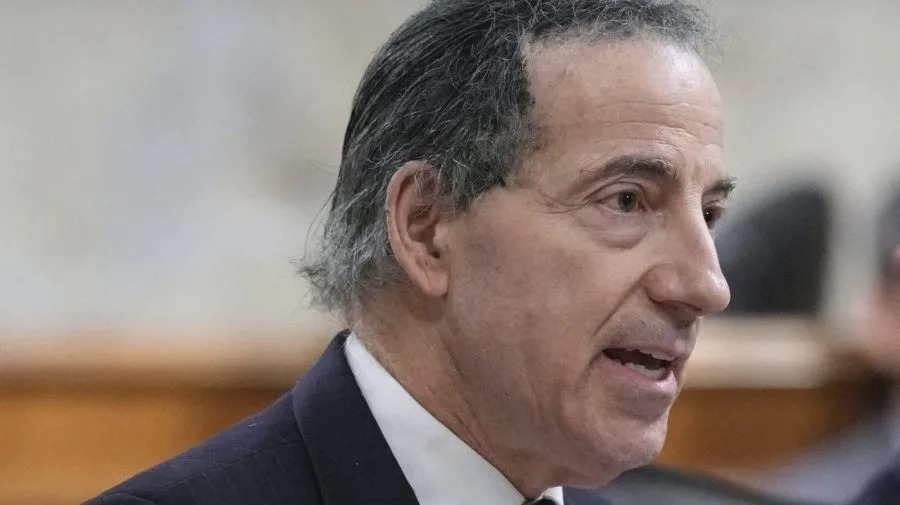
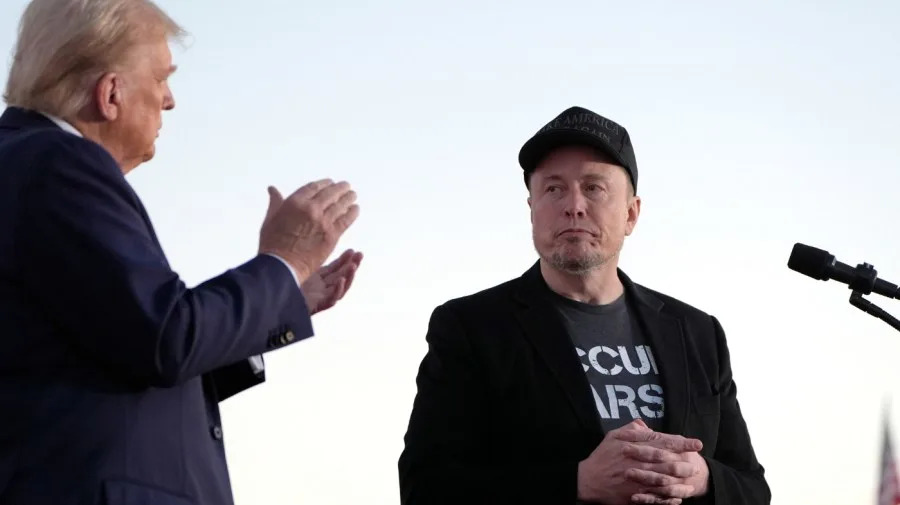
Comments